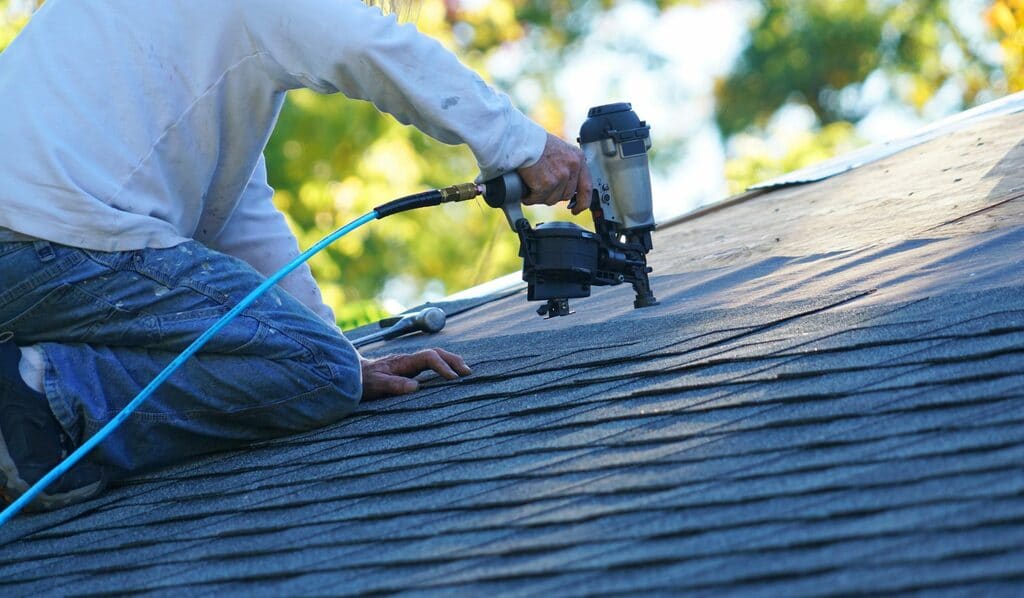The Way Weather Conditions Affects Your Roof: Things Every Homeowner Should Know

Each homeowner realizes that the roof is a key most critical components of their house. It is the first line of defense against the weather, so understanding how climatic conditions impacts your rooftop is crucial. From scorching sun to heavy rain and snow, multiple weather conditions can greatly affect the lifespan and condition of your roof. https://mirrorroll5.bravejournal.net/how-weather-conditions-impacts-the-roof-things-all-homeowner-must-know will help you understand the complexities of roof maintenance and new roofing installation, ensuring that you are well-informed and ready for any climatic challenges.
As you examine the multiple factors that influence the performance of roofs, you will discover how to identify the indications that it might be time to replace your roof, what types of roofing work most effectively in different climates, and how to manage common roofing problems. Regardless of whether you are contemplating a basic repair or a complete replacement, understanding the relationship between weather and roofing can empower you to make the most informed decisions for your home and protect one of your most significant assets. Let's dive into the crucial aspects that every homeowner should know about caring for the roof and maintenance in the amidst changing weather conditions.
Understanding Rooftop Longevity and Substitution
While thinking about your roof's lifespan, it's important to know the lifespan of multiple materials normally endure. Bitumen shingles can last approximately two to three decades years, but metal roofing selections often enjoy a lifespan of around five decades or beyond. Tile roofs are renowned for their strength, frequently lasting over three-quarters of a century. Understanding these durations helps householders anticipate possible substitution and budget accordingly.
Understanding when it’s time for a new roof is vital to avoiding further damage. Regular inspections can disclose conditions like missing shingles, significant wear, or water damage that suggest the necessity for substitution. Property owners should be mindful of the signals and seek qualified advice prior to making decisions. In doing so, they can avoid small issues from growing into costly repairs.

Substitution requires not only picking shingles; it requires careful consideration of weather resistance, material types, and installation practices. Whether selecting a roof tear-off or overlay, understanding the best installation techniques is crucial for long-term durability. By planning and studying thoroughly, property owners can make sure their new roof stands up against the elements and offers peace of mind for a long time.
Typical Roof Concerns and Fixes
Property owners frequently face a number of roofing problems that can influence their roof's performance and durability. One of the most typical issues is leaking, typically caused by damaged roof shingles, defective flashing, or improper setup. To fix leaks, it's important to conduct frequent inspections to identify concerns early and perform required fixes. Householders should ensure that any broken roofing materials are replaced quickly to stop further water intrusion, which can lead to serious destruction inside the property.
One more frequent concern is the existence of moss and algal growth, which can deteriorate roofing materials over a period. This often happens in dim areas or in climates with high wetness. Property owners can prevent this by maintaining proper attic airflow and pruning protruding branches to increase sun access. Additionally, there are specific cleansing agents on the market that can be safely utilized to the roof to remove existing algae and stop future development.
In conclusion, tempest damage is an exceedingly frequent problem that can extend from absent roof tiles to serious framework destruction. After a severe weather event, homeowners should conduct a detailed evaluation of their roof structure and look for signs of harm, including indentations, breaks, or missing materials. If any harm is found, it's advisable to contact a professional roofing contractor for repairs to ensure the roofing is restored to its best condition and to stop additional issues down the line.
Weather-Proofing Your Roof: Key Tips
When it comes to safeguarding the roof from the elements, consistent upkeep is important. Start by arranging inspections at least twice a year, ideally in the early spring and fall. These inspections will assist in identifying minor issues before they grow into major problems. Pay attention to signs like missing shingles, damaged tiles, or leaks, as these suggest that the roof may need fixes. Early detection is vital to prolonging the life of your roof and avoiding costly replacements.
Selecting the right roofing materials can significantly enhance the roof's durability against weather conditions. For instance, asphalt shingles are a popular choice due to their affordability and performance, but metal shingles offers enhanced longevity and resistance to harsh weather. Tile roofing is another excellent option, providing both visual appeal and resilience. When choosing materials, consider your local climate and the specific weather challenges you face, such as snow, ice, or high winds.
Another key aspect of weather-proofing the roof is ensuring proper ventilation and insulation in your attic. Adequate ventilation prevents heat buildup, which can lead to ice dams in winter, while proper insulation helps keep a consistent temperature, reducing strain on your roof. Additionally, investing in premium underlayment can provide an extra layer of protection, especially in regions prone to heavy rain or snowfall. Ultimately, taking these proactive measures will help safeguard the roof against the elements and prolong its durability.
